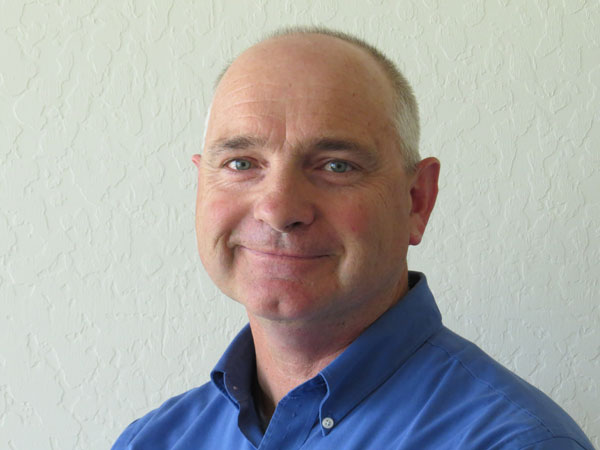Published in the August 20 – September 2, 2014 issue of Morgan Hill Life
By Marty Cheek

Marty Cheek
Last week, the world experienced a little lunar lunacy. Our global night of moon madness occurred Aug. 10 when that massive rock in space came in its orbit closer to Earth than it has in the past 20 years. A “supermoon” the media called the phenomenon, causing people all over the world to stand in awe gazing at a lunar orb that was 30 percent brighter than normal.
About half an hour after sunset, I watched that supermoon climb over the Diablo Mountains east of Morgan Hill. With a sense of silent majesty, that bright disc of craters and maria glided through the black of night toward its celestial apex. An hour or two after midnight, I rose from bed and stepped out on my bedroom balcony and looked up. The gossamer veil of clouds streamed by the moon’s mysterious face and I thought about how Earth and the moon have long had a partnership as a dual planetary system. Life on our world would be very different if Earth had no sister satellite.
That partnership began violently in the early days of the solar system’s formation. A Mars-sized planetoid slammed into the proto-Earth about 4.5 billion years ago, according to the best theory of science based on samples of rocks retrieved by Apollo astronauts. The debris ejected into space from that collision quickly coalesced in a new world roughly one-fourth the size of Earth orbiting only 14,000 miles away from our planet. The sight of this month’s supermoon would pale in comparison to that giant globe filling the sky during that formation era in Earth’s history.
The moon over the billions of years has moved away from Earth to a distance of about 280,000 miles. It does this by stealing some of our planet’s rotational energy to propel itself about 3.8 centimeters farther each year, moving away from us at about the speed a fingernail grows. Over the long stretch of time, that movement has sapped so much rotational energy that it has lengthened the Earth’s day from five hours when the moon was formed to about 24 hours that we know now.
There’s a notion that people act a bit more wild during the night of a full moon.
The folklore of werewolves suggests that this idea goes back to ancient times. The urban legend that police, paramedics and emergency wards at hospitals experience more incidents of violent behavior and patients with traumatic injuries continues the idea that the moon in some unexplained way has an effect on our psychology and can cause the darker side of human nature to emerge. In fact, the word “lunacy” derives from the word Luna, the name of the Roman goddess of the moon.
This notion makes for great stories, but in reality there seems to be no real evidence to suggest the moon is to blame for weird or violent behavior. In 1996 researchers Ivan Kelly, James Rotton and Roger Culver examined more than a hundred studies on lunar effects on crime, suicide and violence rates. The scientists concluded that all these studies failed to demonstrate a reliable and significant correlation between a full moon, or any phase of the moon for that matter, on the number of dramatic incidents of human behavior.
Although there might be no direct control by the moon of human behavior, when people see a full moon — especially a supermoon such as we recently saw — rise from the horizon on a dark night, they’re filled with a sense of awe for the wonders of the universe. William Shakespeare in “Othello” might have been commenting on the supermoon with this line of dialogue: “It is the very error of the moon. She comes more near the earth than she was wont. And makes men mad.”






